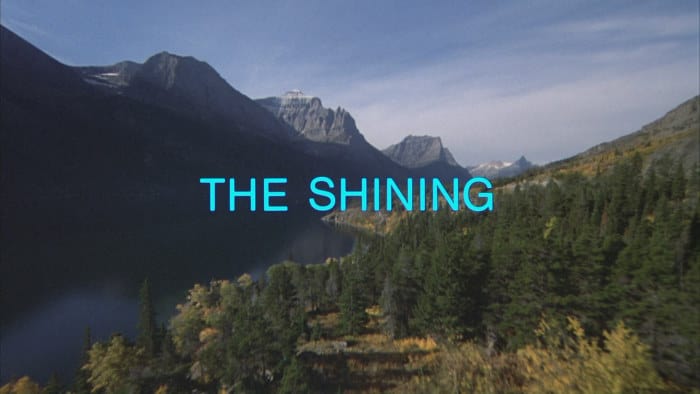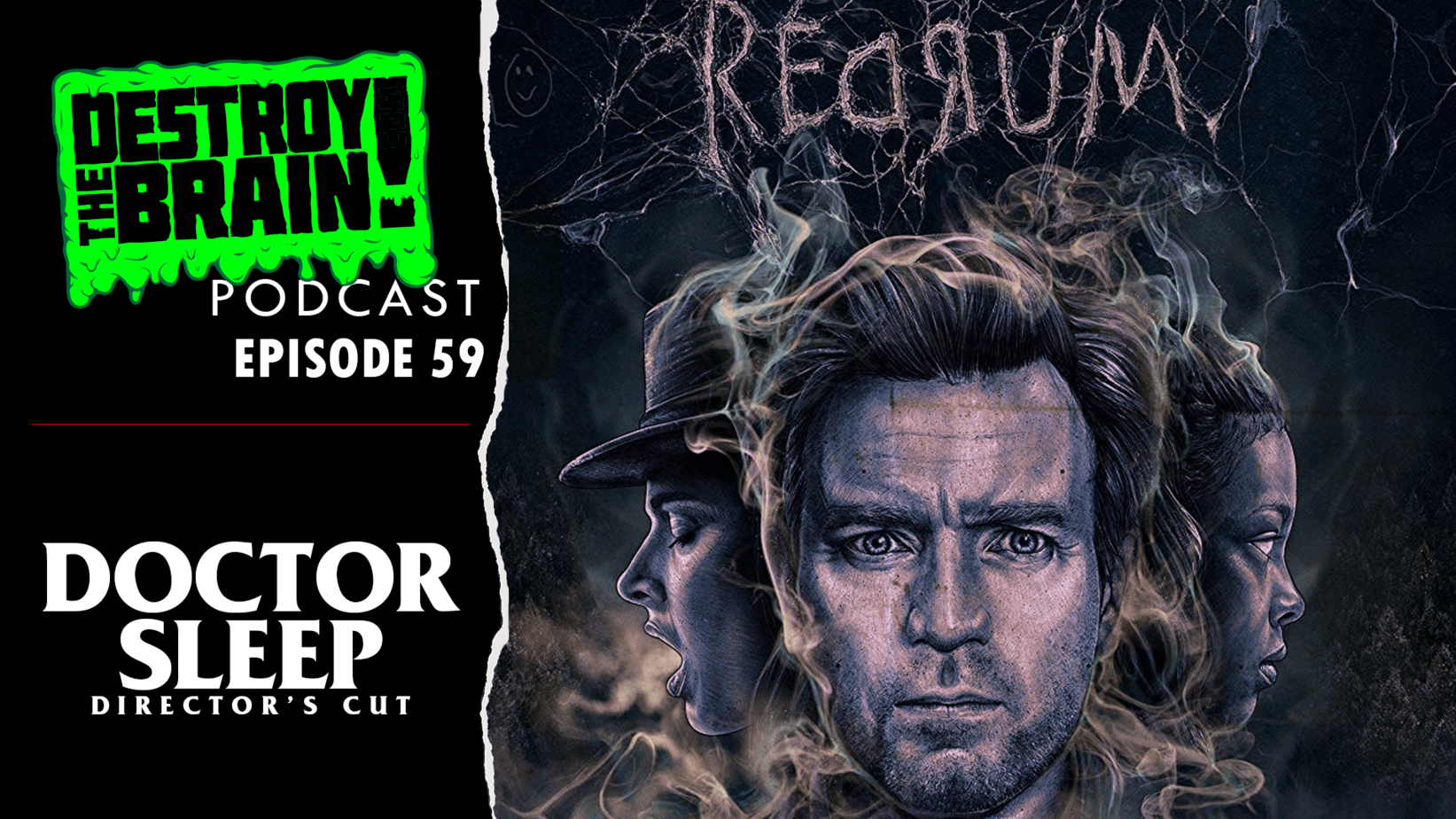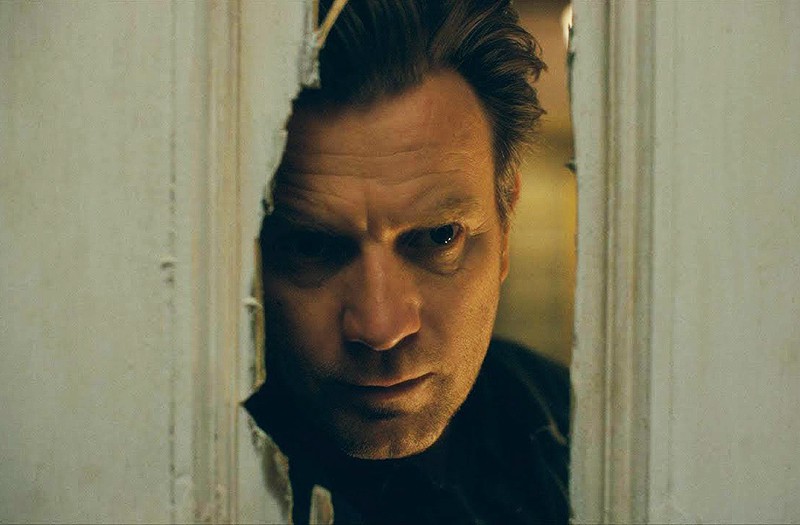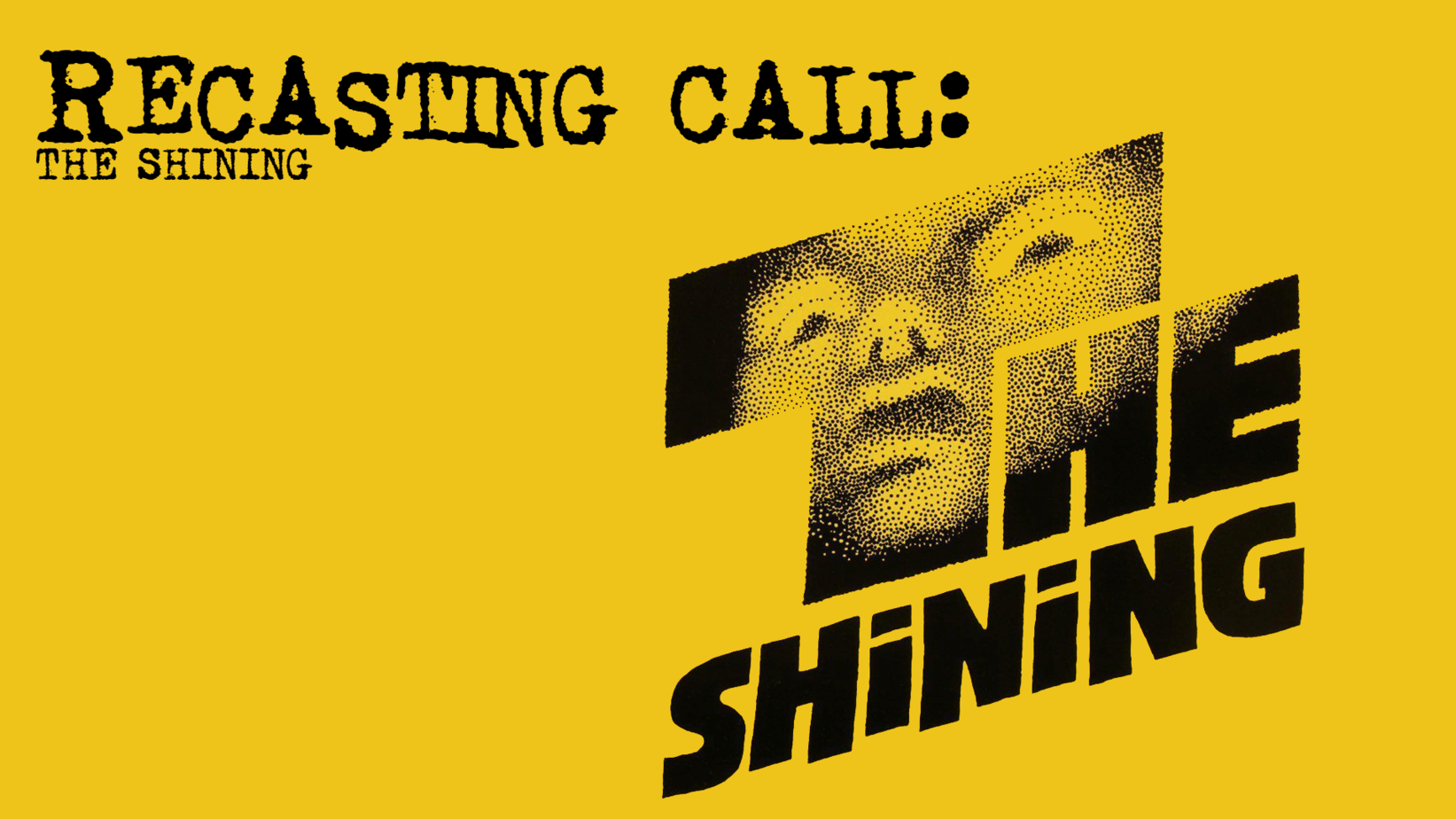
One of the Mysteries Concerning Kubrick’s ‘THE SHINING’ Is Finally Answered
There’s more theories concerning Stanley Kubrick’s The Shining than there are takes of Jack Nicholson delivering his iconic “Here’s Johnny” line – which is rumored to be well over a hundred. The soon to be released documentary Room 237 tackles just a handful of some of these that range from probable to absolutely ridiculous. To give you a taste of one of the more “creative” topics, one interviewer discusses the cloud design in some of the camera shots. Kubrick was certainly a perfectionist and someone that meticulously planned shots and compositions, but the likelihood of capturing the clouds just right seems a little far-fetched. Fans and historians have given meaning over the years to such specifics as the pictures hung in the hotel. One aspect of the film that is frequently discussed is the opening credit sequence. The Hungarian composer Béla Bartók’s Music for Strings, Percussion and Celeste is featured prominently in the film, but the startling opening music is a slowed down “re-interpretation” of Berlioz’ Symphony Fantastique by Wendy Carlos. A nightmarish atmosphere is created by the music mixed with the shots of the Torrance family driving alone on the road completely isolated in the mountains. Yet, there’s one element of this opening that has long puzzled many obsessed with the film. In one shot, an obvious shadow of the helicopter that was used to get the sweeping shots is seen on the side of the road. Why would Kubrick who was known to be a perfectionist include this blatant “mistake?” Surely he wouldn’t have unintentionally and so there must be a reason for it. Was it supposed to symbolize the atrocities of helicopters flying over Vietnam dumping napalm on citizens? Does it stand for Kubrick’s film being a self-aware and deconstructionist take on the horror genre? These theories may not sound as ridiculous if you have seen Room 237. The fact of the matter is that there is a completely rational explanation for it. So simple in fact that camera operator Jeff Blyth has come out and explained the mystery to all of us so that we can sleep easier at night.
“At the time we started shooting, we had been told we could do anything we wanted . . . It was with great amusement that I have read online reports that Kubrick somehow accomplished these shots by some sort of radio remote control while still in England. We’d talked with him by phone before setting out and I can assure you there were no specifics needed other than a yellow VW with Colorado plates.”
“When flying that close to a car, I had my hands full guiding the helicopter pilot in closer and closer based on the little black and white monitor (which the pilot could not see). I can assure you, shadows were the least of our concerns, even if they could have been visible on that monitor (which they weren’t). Needless to say, since we shipped footage out unseen, we relied on the editorial team to sort out which takes they liked. We were shooting full aperture but I had scribe lines on my monitor for the 1:1.85 cropping that we knew would be used in the theater. One of the main reasons for shooting full aperture is that it gives the editor the possibility of re-framing up and down a bit while putting together the title sequence. We were shooting with very wide angle lenses, which tend to help smooth out the motion of the helicopter but they also mean you have to get that much closer to your subject to fill the frame. These were in the days long before gyro-stabilized mounts. If a gust of wind caused our helicopter to briefly yaw, that was a ruined take and we’d have to start over.”
“So the bottom line on any shadows left in the finished film? I think Kubrick just liked those particular shots and didn’t worry about the shadows. I have to say I was personally horrified to see the shadows on the first video release, since they’d never showed in the theatrical release, as we’d intended.”
I know that the truth might not be as exciting as the theories, but at least we now have some form of resolution. This surely won’t stop people in the future from spending hours analyzing and deciphering meaning in a film chock full of ideas and haunting imagery.
Take a look at the opening scene of The Shining below.
[youtube id=”TgCejsyS0t8″ width=”600″ height=”350″]
Source: Visual Memory via The Playlist



